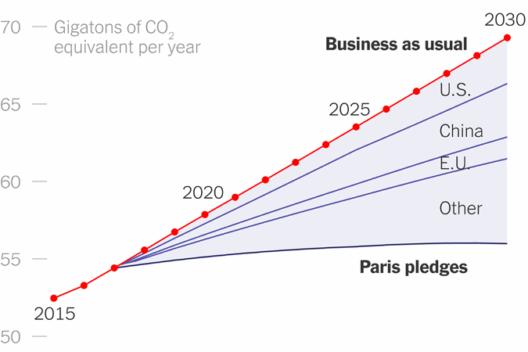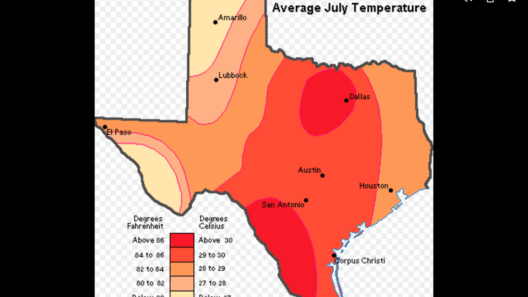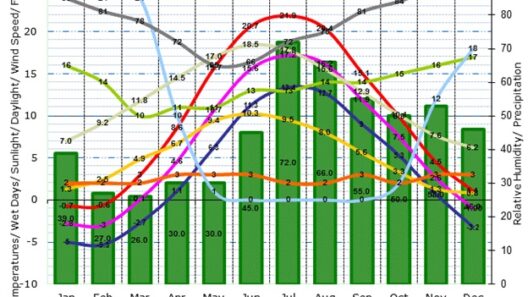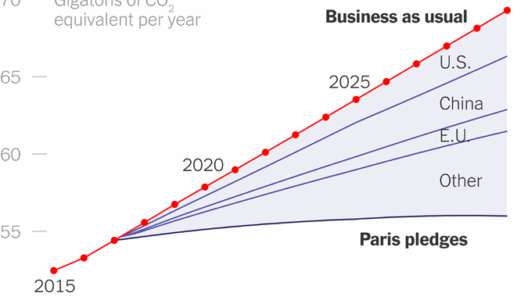The Mediterranean climate is an enviable phenomenon that manifests itself in various regions around the globe, with Europe showcasing some of the most picturesque locations characterized by this specific climatic condition. Have you ever wondered why so many people flock to the Mediterranean for their vacations? With its sun-drenched summers and mild, rainy winters, it indeed tempts many. However, while this climate is undeniably appealing, it also presents a convoluted challenge for ecological sustainability. Understanding which areas in Europe enjoy a Mediterranean climate is key to appreciating its beauty and impending threats.
The Mediterranean climate, scientifically recognized as Csa and Csb under the Köppen climate classification system, is defined by its unique weather patterns. Summers are typically hot and dry, while winters are mild and wet. This climatic variability promotes diverse ecosystems and landscapes. But where can one experience this delightful weather in Europe?
Primarily, southern Europe is the focal point of Mediterranean climatic conditions. Countries such as Spain, Italy, Greece, and parts of France and Portugal are exemplary. Envision the sun-baked landscapes of Andalusia in Spain or the rolling hills of Tuscany in Italy—these regions offer ample opportunities to experience the Mediterranean climate at its best.
Spain: The Iberian Peninsula is a prominent host of Mediterranean climates, particularly in the southern regions. The Costa del Sol and Costa Brava are districts where summer temperatures frequently soar above 30°C (86°F), while winters remain remarkably temperate, rarely dipping below 10°C (50°F). The landscape here is embellished with olive groves and vineyards, essential constituents of both the ecosystem and local economy. However, the increasing tourist influx poses challenges regarding water resources and sustainability.
Italy: Italy’s coastal regions, especially along its western and southern stretches, boast a pronounced Mediterranean climate. The Amalfi Coast and Sicily are striking examples where the warm weather enables a plethora of agricultural activities, including citrus farming. Yet, as climate change intensifies, how can Italy balance tourism demands with ecological conservation? The lush, bountiful terraces of Positano might charm visitors, but they also face the perils of erosion and habitat degradation.
Greece: The Greek Isles, along with the Peloponnese peninsula, are synonymous with the Mediterranean lifestyle. The stunning blue waters contrasted against sun-bleached stone create iconic vistas. The climate supports an array of agriculture, especially olives and grapes, integral to Greek cultural identity. Nevertheless, with rising sea levels and increased temperatures, how will Greece protect its unique biodiversity and agriculture from climate-related threats?
France: The southeastern tip of France, particularly the region of Provence, experiences the Mediterranean climate. The area is renowned for its lavender fields and vineyards, thriving under the generous sunshine of summer. Yet, as global temperatures rise, will Provence maintain its horticultural legacy? The delicate balance between maintaining agriculture and accommodating a flourishing tourism sector poses significant challenges.
Portugal: Portugal’s southern coastline, especially the Algarve region, enjoys a mild Mediterranean climate. Characterized by beautiful beaches and dramatic cliffs, this area is a haven for both tourists and locals. However, prolonged droughts have become an increasing concern, calling attention to water management practices. Will Portugal adapt its agricultural practices to ensure sustainability while continuing to attract visitors?
While these regions bask in the glory of the Mediterranean climate, significant environmental concerns loom large. The delicate balance of ecosystems supported by this climate is under threat from urbanization and climate change. Deforestation and overexploitation of resources threaten biodiversity. As the tourism industry flourishes, so does the pressure on natural habitats. How do these regions navigate the delicate interplay between economic growth and ecological preservation?
As we traverse the Mediterranean regions of Europe, it is crucial to acknowledge their interdependence with the environment. The Mediterranean climate not only fosters lush landscapes and rich cultures but also invites pressing environmental questions. The sustainability of water resources, preservation of unique flora and fauna, and mitigation of climate impact are becoming increasingly urgent issues. Addressing them requires collaborative efforts and innovative solutions.
Lastly, it is imperative to consider the potential for restoration and sustainability. Emphasizing regenerative agricultural practices, promoting eco-tourism, and instituting effective water management policies can alleviate some of the pressures faced by these regions. Will the Mediterranean regions leverage their beauty as a catalyst for change and usher in an era of sustainable development? Or will they continue to grapple with the consequences of neglecting their environmental debts?
The Mediterranean climate in Europe offers an alluring blend of natural beauty, cultural heritage, and agricultural bounty. Yet these very gifts come with substantial challenges that necessitate awareness, understanding, and action. By fostering sustainable practices and respecting the environment, these picturesque regions can thrive while maintaining their unique charm for generations to come.







